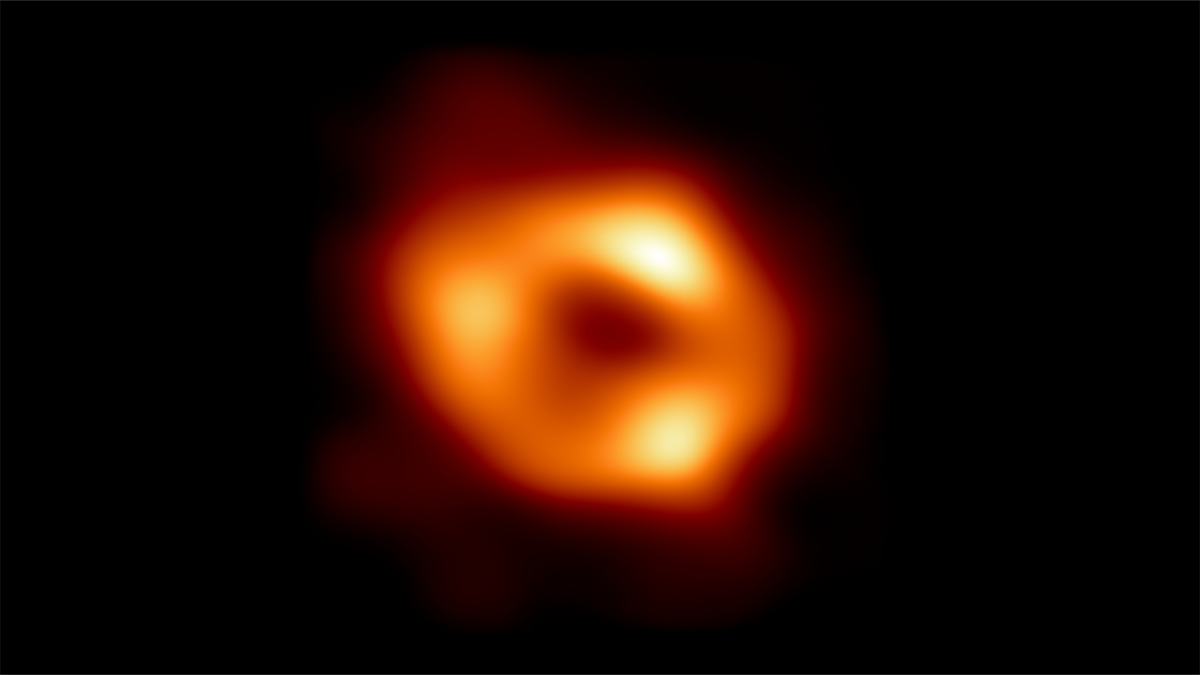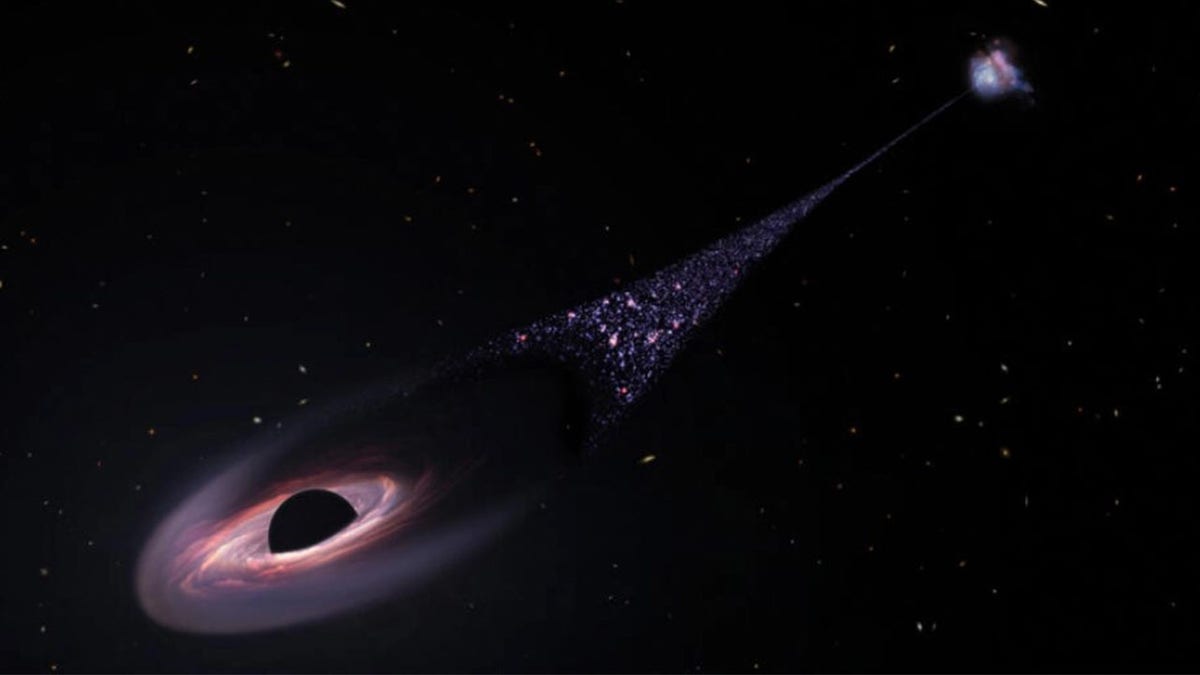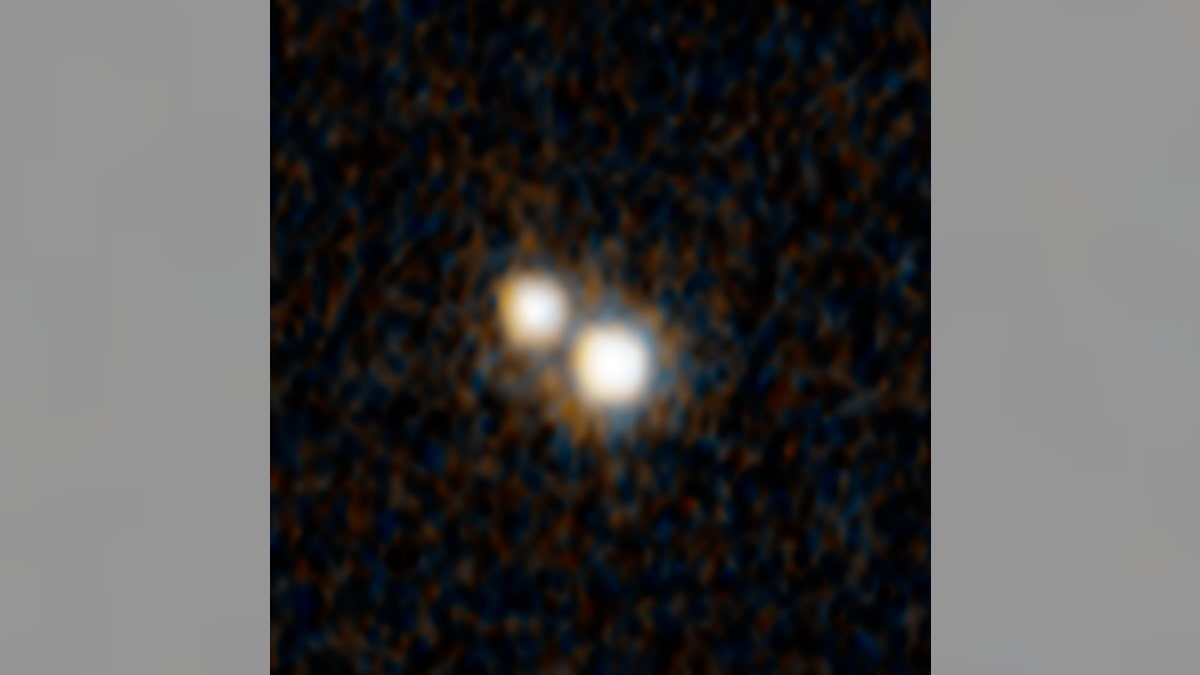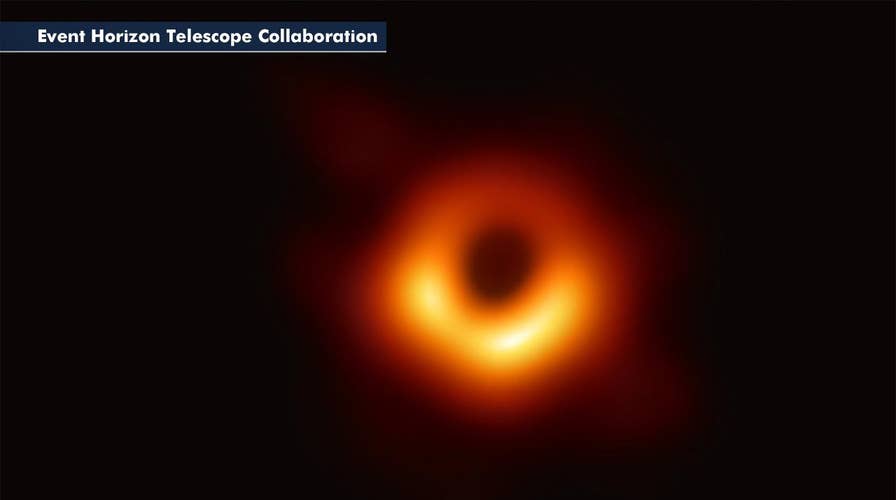Scientists reveal the first-ever image of a black hole
Former NASA astronaut Mike Massimino explains what can be learned from the groundbreaking discovery.
The phenomenon known as a "black hole" is making news this week, as astronomers have captured the first direct evidence of a black hole spinning — providing groundbreaking insights into the universe’s most enigmatic objects, according to multiple sources.
A black hole is a region in space in which the pulling force of gravity is so strong that light is not able to escape, says NASA.
"The strong gravity occurs because matter has been pressed into a tiny space. This compression can take place at the end of a star's life. Some black holes are a result of dying stars," the same source said.
Black holes are some of the strangest and most fascinating objects in space.
They are extremely dense, with such strong gravitational attraction that not even light can escape their grasp, according to Space.com.

The first image of Sgr A*, the supermassive black hole at the center of our galaxy, is shown with an added black background to fit wider screens. (NASA via Getty Images)
Black holes were predicted by Albert Einstein through his general theory of relativity in 1915 — but the idea of a black hole is actually much older, according the European Space Agency.
In 1784, John Michell, an English philosopher, said that if light was indeed a stream of particles (as Isaac Newton’s theory suggested), then it should be influenced by gravity.
Michell also predicted that a star 500 times wider than the sun would have such a strong gravitational field that even light could not escape, the same source chronicled.
He called these objects "dark stars."
The Milky Way galaxy could potentially have greater than 100 million black holes, Space.com reported.
At the heart of the Milky Way lies a supermassive black hole: Sagittarius A.

An artist's impression of a runaway supermassive black hole. (NASA)
"The colossal structure is about 4 million times the mass of the sun and lies approximately 26,000 light-years away from Earth," according to NASA.
Black holes are created when massive stars collapse at the end of their lives and perhaps under other circumstances that the scientific community has not determined yet, according to the University of Chicago.
‘JESUS IN SPACE’: FAITH AND SCIENCE TAKE CENTER STAGE ON SPACE SHUTTLE FLIGHT IN NEW BOOK
Black holes have two parts, according to the same source.
"There is the event horizon, which you can think of as the surface, though it’s simply the point where the gravity gets too strong for anything to escape. And then, at the center, is the singularity. That’s the word we use to describe a point that is infinitely small and infinitely dense," says the University of Chicago.
Black holes are created when massive stars collapse at the end of their lives and perhaps under other circumstances that the scientific community has not determined yet.
As noted, the concept of black holes isn't new — scientists first theorized their existence in the early 20th century, according to the National Air and Space Museum.
CLICK HERE TO SIGN UP FOR OUR LIFESTYLE NEWSLETTER
"But in the last few years, our knowledge of black holes has expanded exponentially — from the confirmation of supermassive black holes at the center of galaxies to the first ever image of a black hole captured by the Event Horizon Telescope," the museum noted.

A Hubble Space Telescope photo of a pair of quasars that existed when the universe was just 3 billion years old. They're embedded inside a pair of colliding galaxies. The quasars are separated by less than the size of a single galaxy. (NASA, ESA, Yu-Ching Chen (UIUC), Hsiang-Chih Hwang (IAS), Nadia Zakamska (JHU), Yue Shen (UIUC))
Black holes come in a range of sizes, but there are three main types of black holes, NASA reported.
The mass and size determine what kind of black hole it is.
Black holes "follow the laws of gravity just like other objects in space."
The smallest ones are known as primordial black holes. Scientists believe this type of black hole is as small as a single atom but with the mass of a large mountain, according NASA.
The most common type of medium-sized black holes is called "stellar" and dozens of stellar mass black holes may exist within the Milky Way galaxy, according to NASA.
CLICK HERE TO GET THE FOX NEWS APP
Finally, the largest black holes are called "supermassive."
Although there are folklore theories about black holes, they don’t wander around the universe randomly swallowing worlds, NASA indicated.
"They follow the laws of gravity just like other objects in space. The orbit of a black hole would have to be very close to the solar system to affect Earth, which is not likely," the same source cited.





















